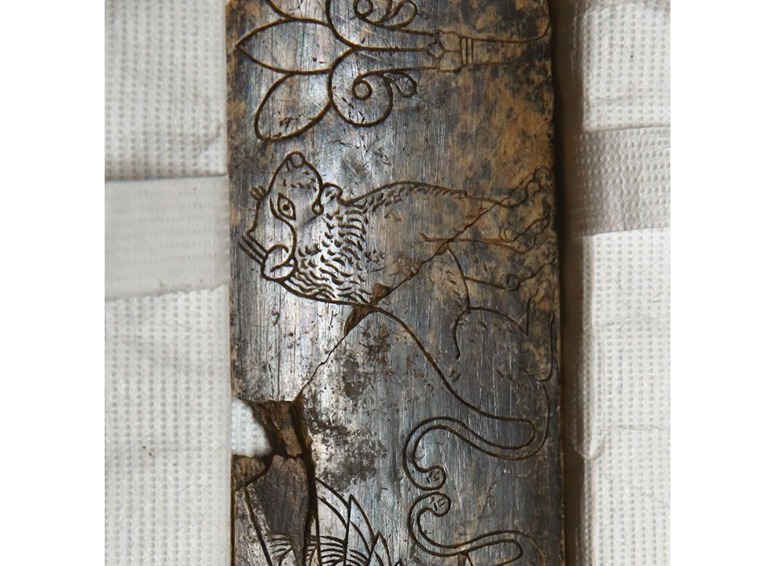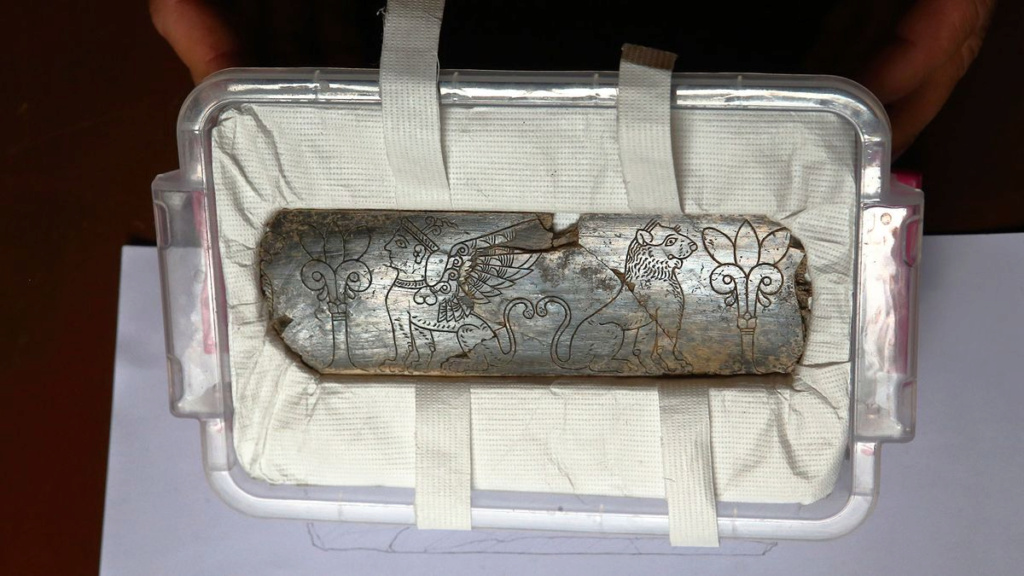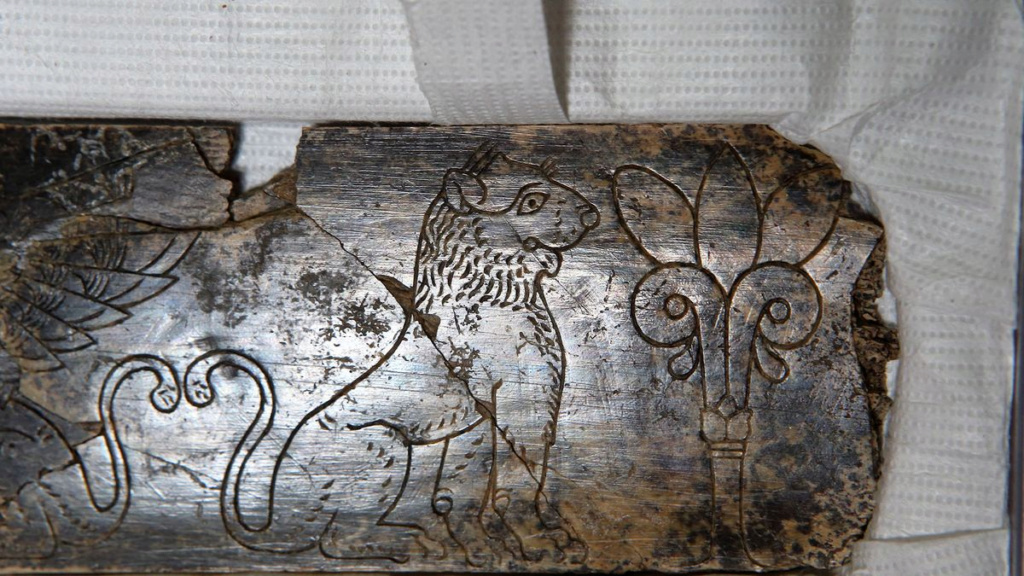!It is 2,800 years old...an ancient ornately carved archaeological discovery in Türkiye

Archaeologists in Turkey have discovered an ornately carved 2,800-year-old elephant tusk in an area that may have once been an Iron Age “power centre”.
The ivory sculpture features a depiction of the legendary Sphinx, in addition to a real lion and two tall plants that may represent the mythical “Tree of Life.” While the artwork dates back to the Iron Age, it was found in an archaeological layer above an ancient city, the abandoned Bronze Age Hittite capital Hattusa.

According to Andreas Schachner, an archaeologist at the German Archaeological Institute who has led excavations at Hattusa since 2006, the artifact shows that the Iron Age settlement at the site was an important place, even though it was founded after the Hittites abandoned the city in about 1200 B.C. AD, during what is known as the Late Bronze Age collapse.
“It is possible to say that this place is no longer a small town, but has become a more important place, and perhaps a center of power,” Schachner told Turkey’s state-owned Anadolu Agency.
The artifact is about 12 inches (30 cm) long and 4 inches (10 cm) wide, and Schachner said it may have been part of a piece of furniture.

He added to the agency: “It was likely that it was added as an ornament to a wooden box or furniture made of wood in its own time.”
Schachner explained that the piece was unique among finds at an Iron Age settlement built at the abandoned site of Hattusa, which is now located next to the Turkish village of Bogazköy, about 90 miles (145 kilometers) east of Ankara.

He said: “For the first time, we are facing a work decorated with this dense and beautiful scene. “Extensive excavations have been carried out at Iron Age levels in Bogazköy, but we have never found such a detailed artefact before.”
He added that the symbols carved into the piece may reveal relationships between the settlement and other contemporary cultures.
Schachner said that after completing scientific studies of the ivory sculpture, it will be displayed in the Boğazköy Museum.
Source: Live Science

